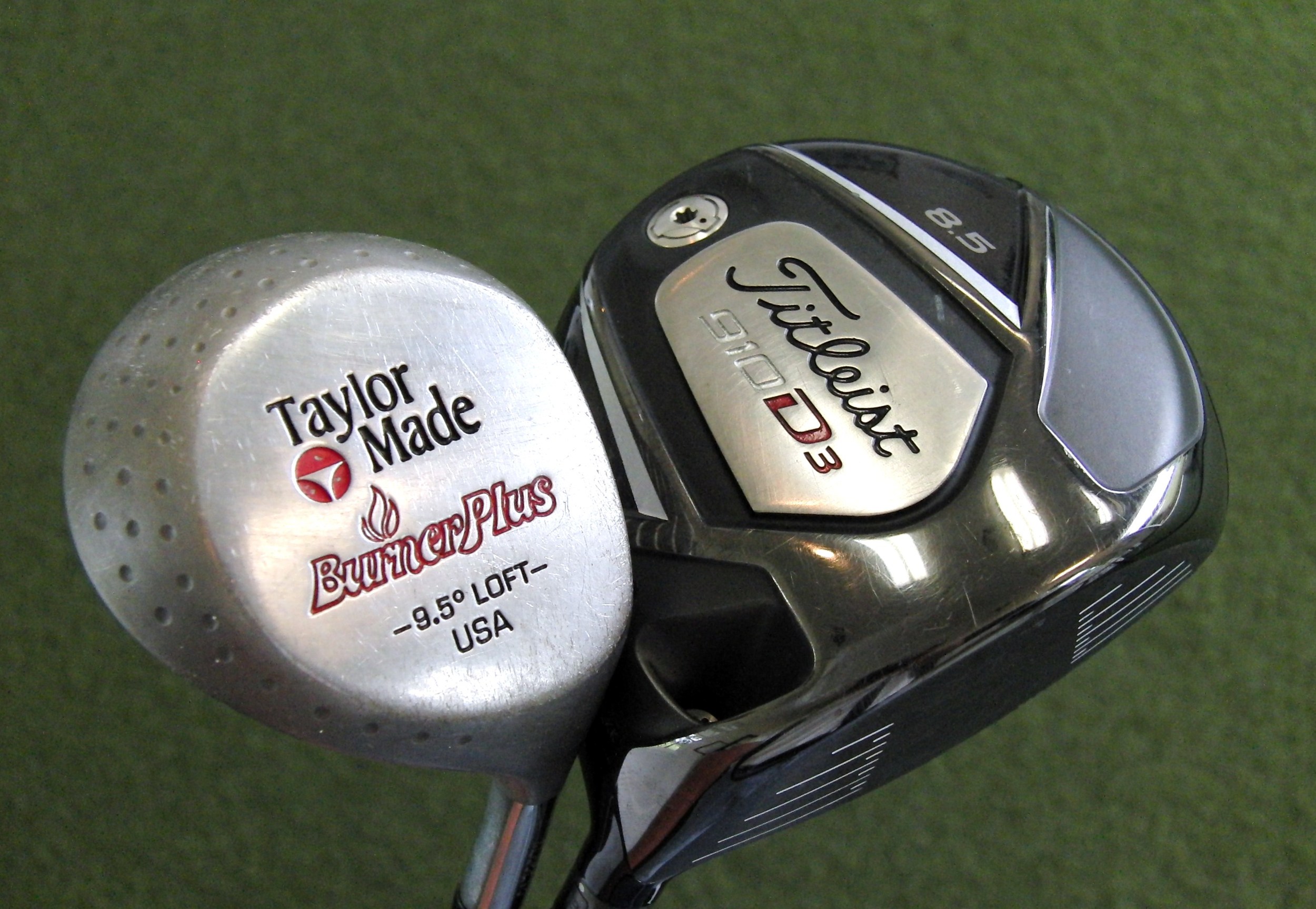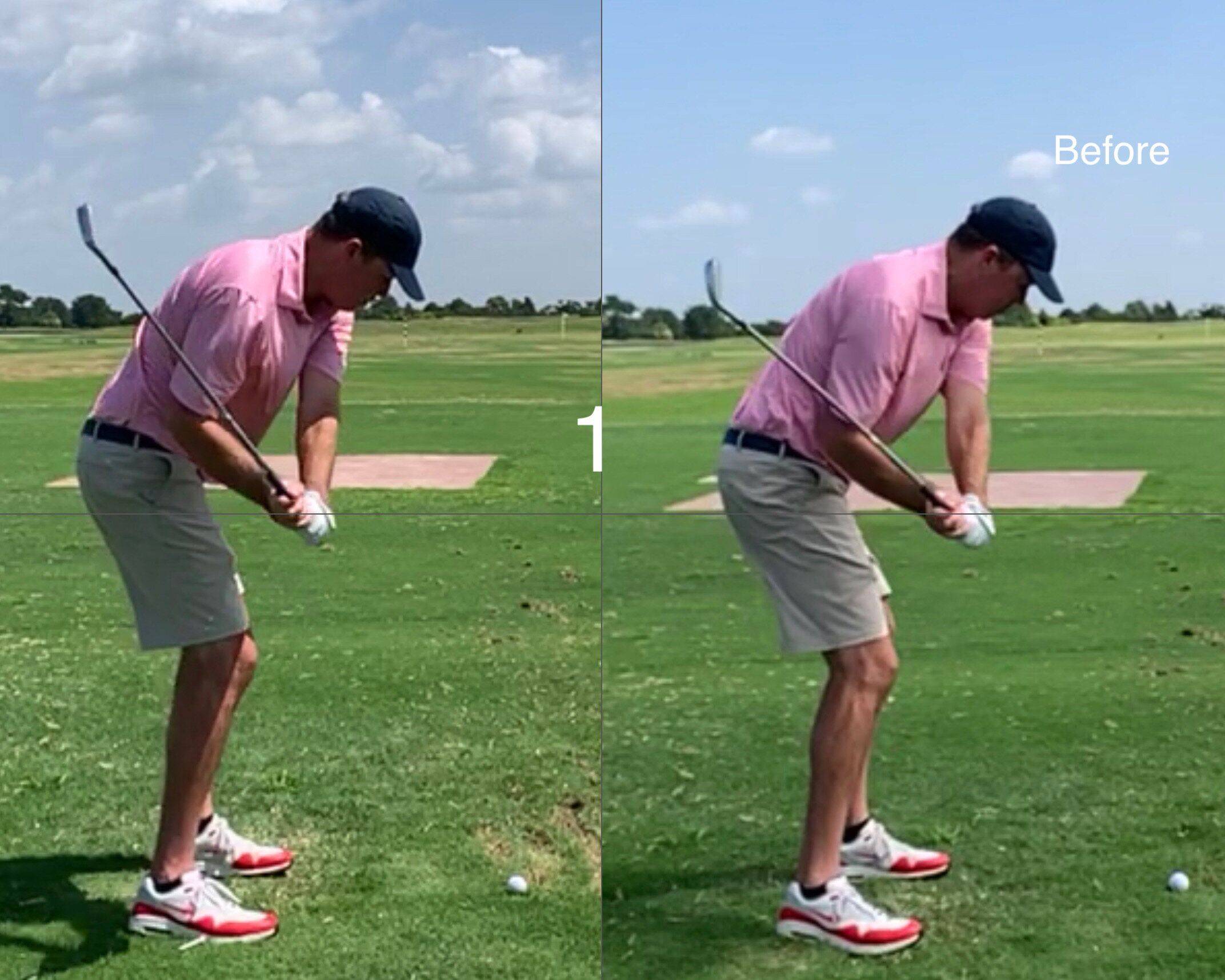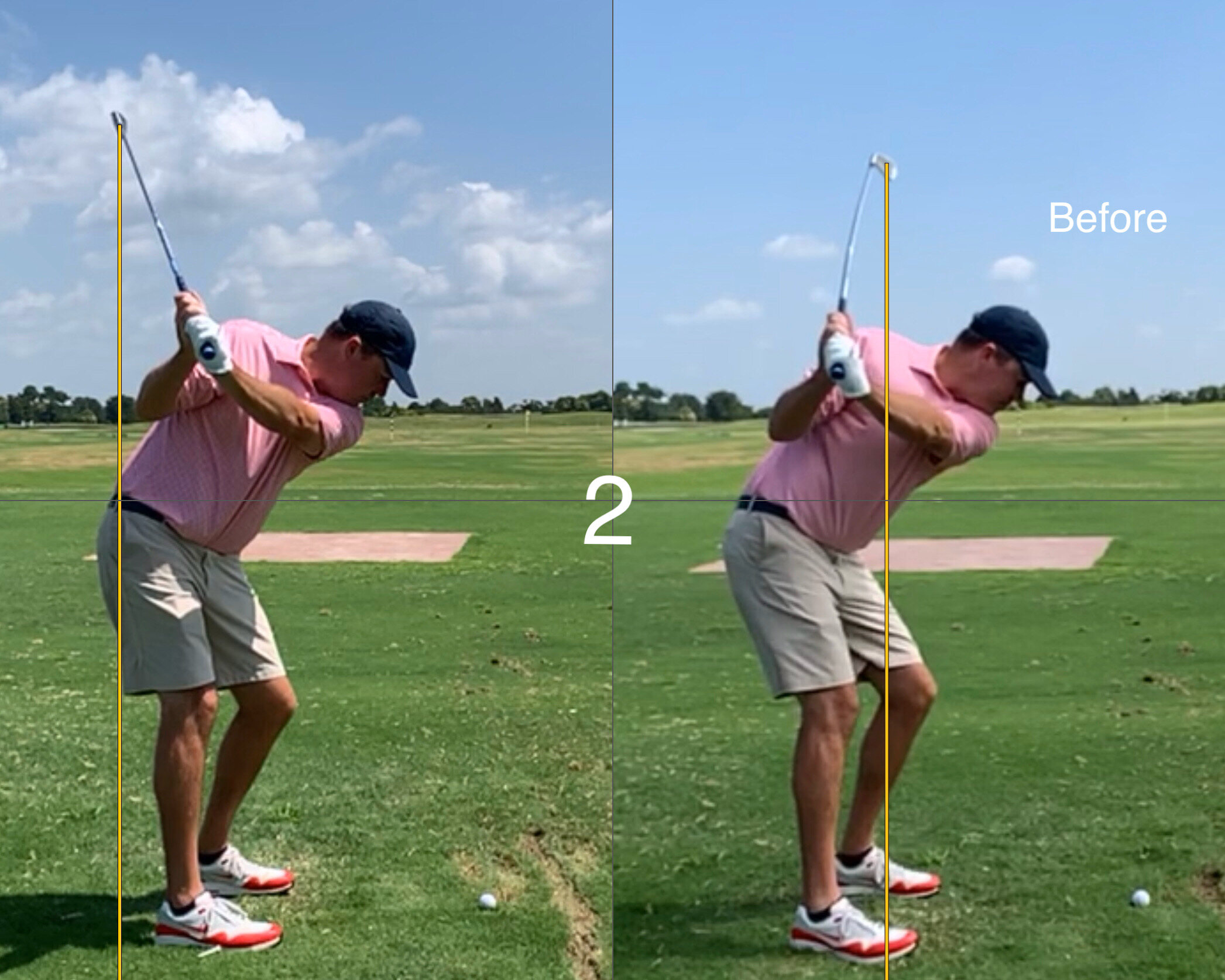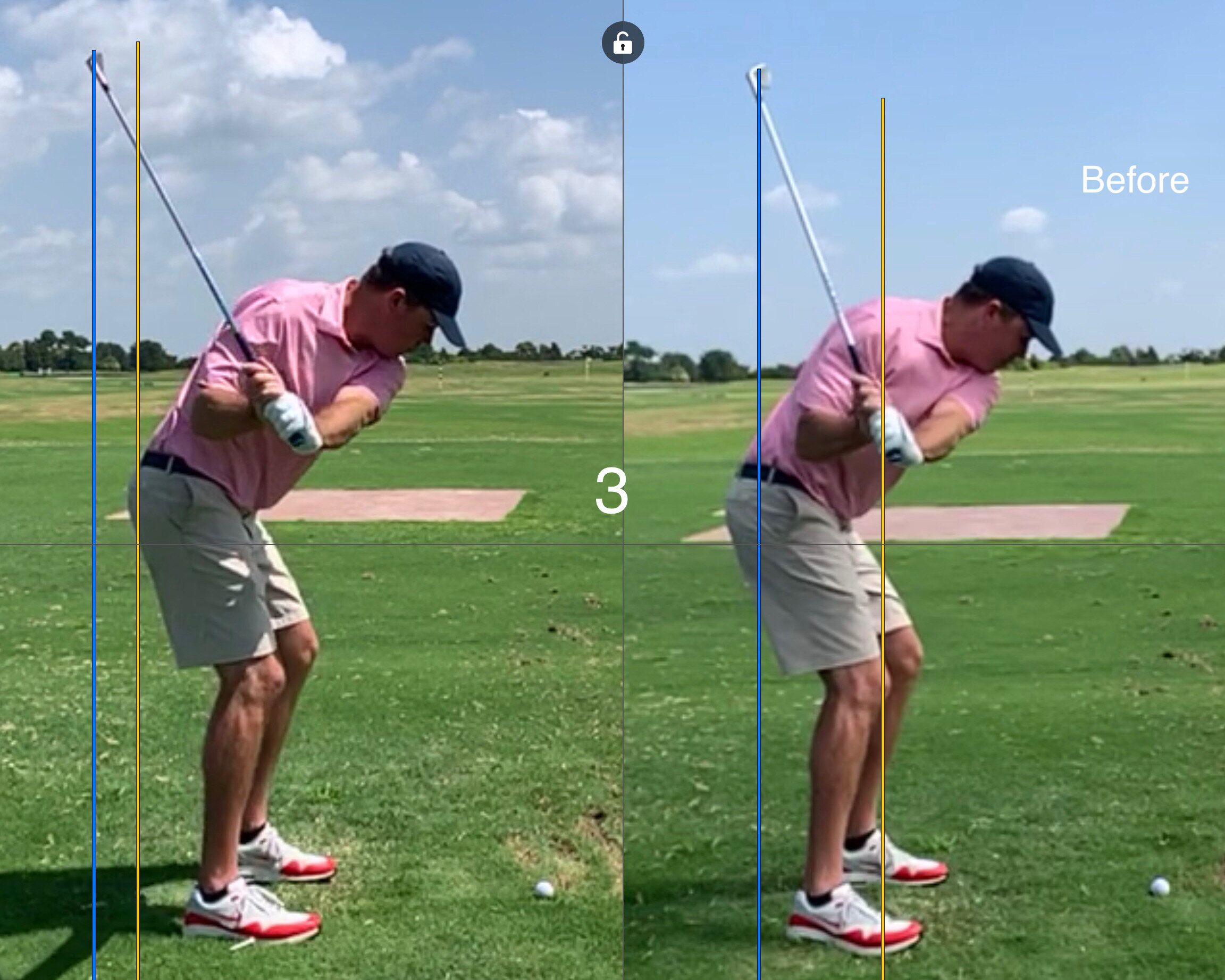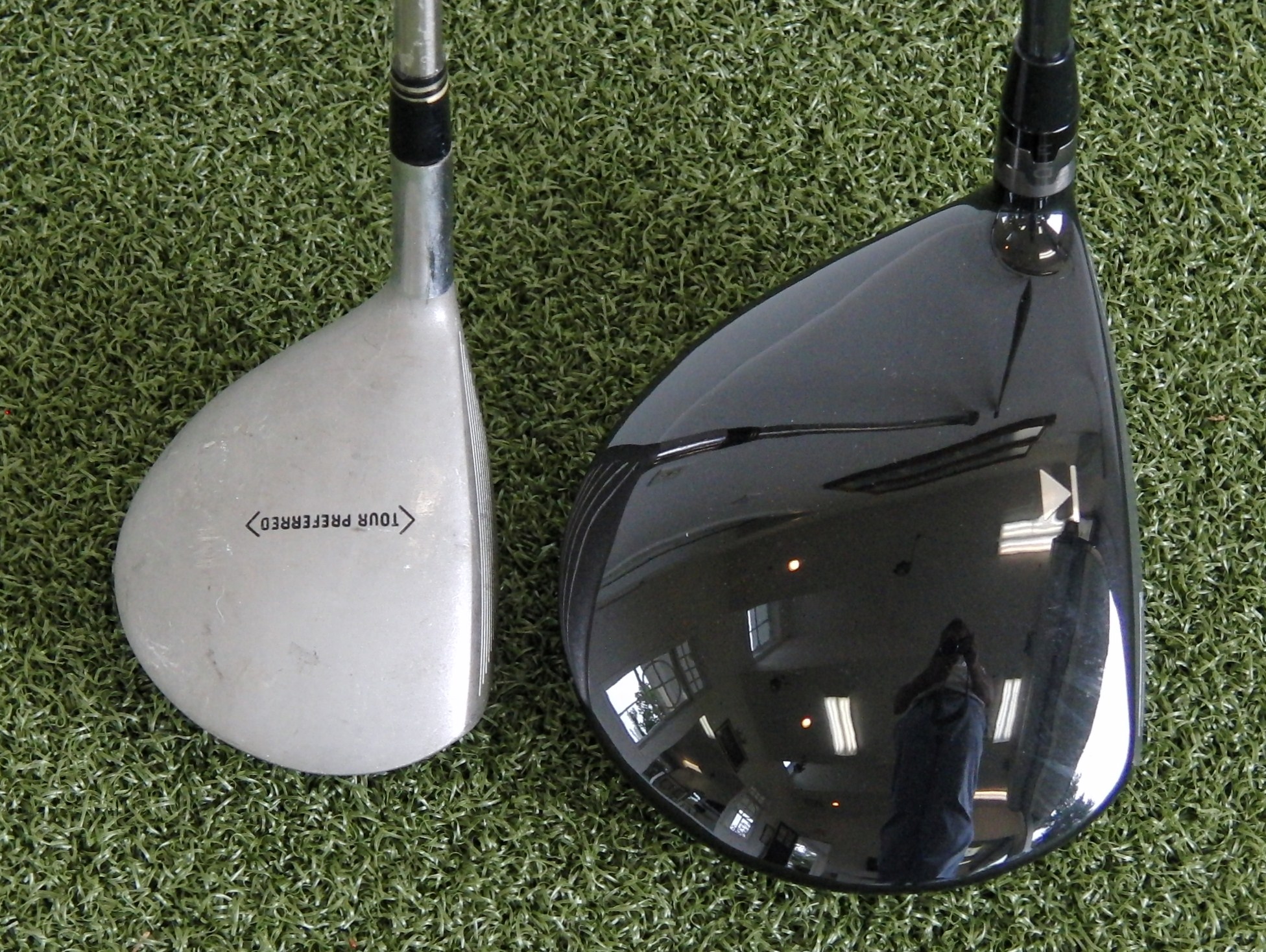 My wife encouraged me to clean out the garage the other day and I happened upon an old driver I used in college. I still remember how cool this driver was - it was the latest and greatest and even had a titanium shaft! When was the last time you saw one of those? Just for kicks I placed it up alongside my current Titleist driver and was shocked at the massive difference between the two - the older club looked smaller than my current three wood! How could I have possibly played well with this mini club? This got me thinking about a TrackMan test.
My wife encouraged me to clean out the garage the other day and I happened upon an old driver I used in college. I still remember how cool this driver was - it was the latest and greatest and even had a titanium shaft! When was the last time you saw one of those? Just for kicks I placed it up alongside my current Titleist driver and was shocked at the massive difference between the two - the older club looked smaller than my current three wood! How could I have possibly played well with this mini club? This got me thinking about a TrackMan test.
For the record the smaller club was a TaylorMade Burner Plus 9.5 degree with a titanium X flex shaft and my current club is a Titleist D3 8.5 with a Motore F3 70 gram graphite S flex shaft. There is a fairly substantial 1.5 inch difference even though both clubs were standard length in their day. I am not sure about the weight or the true frequency/flex of each club as I did not have the appropriate equipment to check those measurements.


For the TrackMan test I hit 12 shots with each club and deleted the data for the two worst shots. I noted that the attack angle, club path, swing direction and plane were very similar from club to club.
The primary differences seemed to be:
- Club speed 99.7mph vs 101.8mph - I believed that this difference would be greater due to the large difference in length of shafts.
- Ball Speed 145.7mph vs 152.4mph - I put this down to the fact that the smaller head led to more off-center hits and thus a decreased average ball speed and smash factor.
- Point of contact - there was a noticeable tendency for me to strike the bigger club in the heel. This led to more shots missed to the right due to gear effect and an increase in the spin rate 2455rpm vs 2895rpm.
- Height - even though the smaller club launched the ball slightly higher the apex height was lower due to less spin and ball speed.
- Carry and total distance - the smaller club carried the ball almost 17yards shorter, but with less spin and a flatter land angle rolled further to only finish just over 10 yards short of the bigger club.
- Dispersion - the smaller club had more shots finish further from the center line due to a much smaller clubface and substantially lower MOI.
Here are the TrackMan generated dispersion charts (yellow is the smaller club) and averages:
(click to enlarge)




I was amazed at how small the difference between the two drivers, total distance wise, there was. Going in to the test I would have thought that there would be a 15 yard difference at least. I expected the smaller club to spin the ball less and lower the apex which it did, but I was truly amazed at how little distance I lost with it. I did notice a much greater tendency to hit the ball outside the sweet spot with the smaller club and that led to some fairly aggressive gear effect draws and fades.
Driving is not my strong suit and I am always looking to keep the ball in play off the tee. Armed with this new knowledge I am going to try a shorter shaft in my current driver head and see what that does for my fairways hit statistic. I also plan on practicing with the older club - I think it is vital in improving ball striking to practice with smaller headed clubs.
I also think this test might also illustrate that the majority of the distance gains we see on the PGATour today are not equipment based, but primarily due to the ball.....your thoughts?
